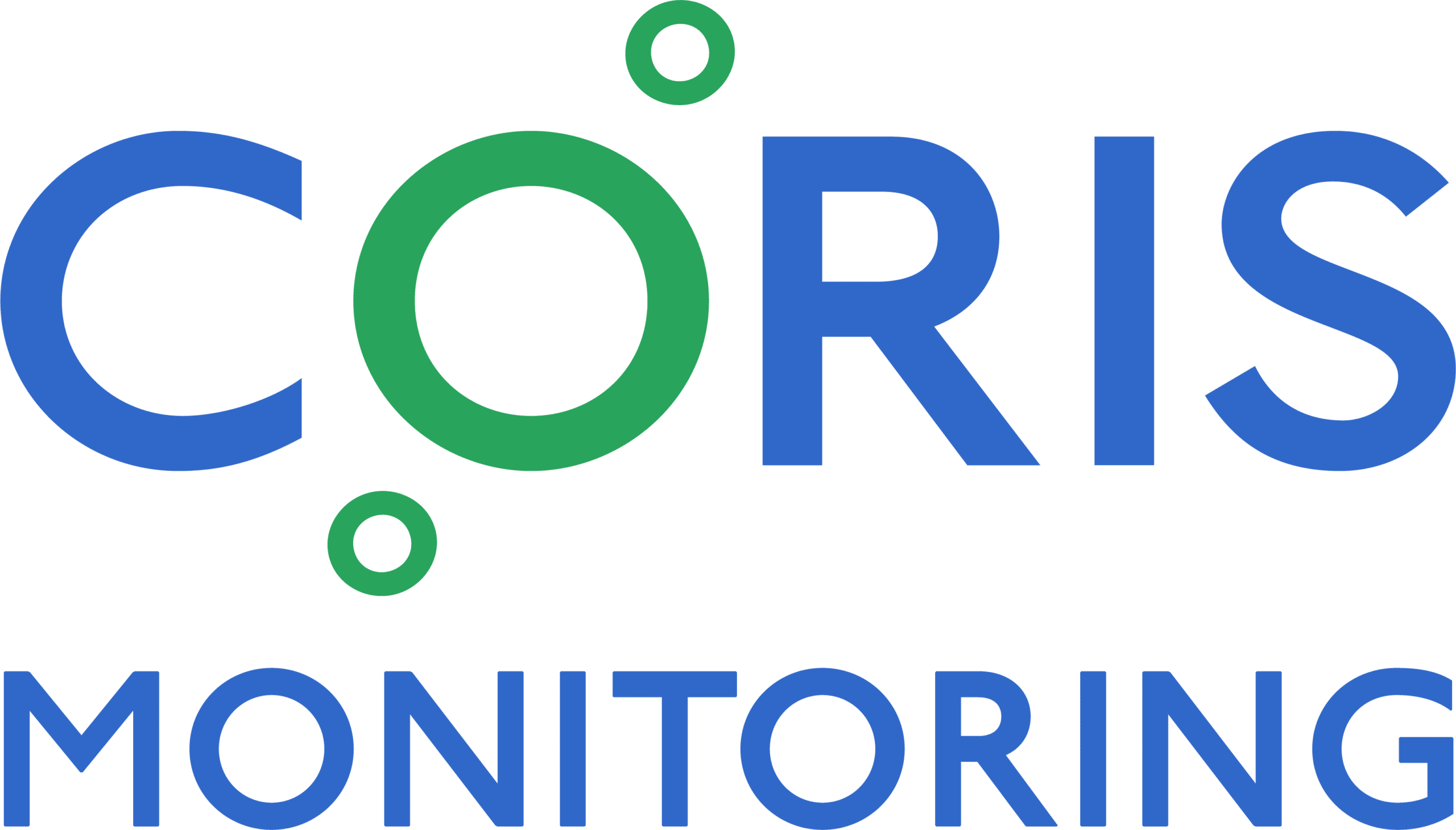LN2 monitoring systems are designed to provide fertility clinics, research labs and other organizations with real-time data and alerts that help keep valuable samples protected. But for staff to access that information, many systems rely on an Internet connection. So what happens to lines of communication when an inevitable Internet outage occurs?
Larger Organizations Often Have Back-Up Systems In Place
In the case of larger clinics and labs, Internet back-up systems are typically implemented to reduce the disruption of an Internet outage. This can come in the form of redundant Internet service providers, where there is a seamless switch to the alternative provider if one has an Internet outage, or through the use of dedicated cell modems that provide a dial-up backup type of Internet access to ensure continued communications with staff.
Dual internet connections are often used by large organizations in hurricane-prone areas where the loss of Internet during storms is common. One of the hangups of this approach is that it requires IT staff to put in specialized networking equipment to enable an automatic switchover. At the same time, having two high-speed Internet providers can get costly.
Cell modems, meanwhile, typically deliver Internet speeds of between 20 to 50 MB. That is usually much less than that of a dedicated Internet connection, but still offers much more capacity than CORIS Gateways use.
Because CORIS Gateways transmit such small amounts of data for each sensor and only transmit temperature readings every two minutes, a single CORIS Gateway only uses about 1 percent of the cell modem’s capacity. What’s more, the cell modems CORIS provides to customers and CORIS Gateways both operate on 5 volts and can be powered on USB power, which can be jointly powered by USB battery packs.
Let’s put this all into the context of a real-world scenario: a CORIS LN2 monitoring system detects low liquid nitrogen levels based on predefined thresholds. During an Internet outage, the cell modem automatically dials out to maintain continuous communication with the CORIS monitoring system, so when an alert is triggered, that information is now sent through the local mobile network to the Internet so that it will reach personnel that need to be notified.
Smaller Organizations Need Cost-Effective Back-Up
Smaller clinics and labs want the same degree of protection when an Internet outage occurs. But naturally, there’s a conversation to be had around cost. This is a question of not only how the back-up system is installed but also the bandwidth it uses to transmit data through a cell phone network. After all, transferring large amounts of data from normal network operations over a cellular network can quickly become expensive.
At CORIS, we’ve worked with customers to address these exact concerns.
In the case of ReproTech — a long-term cryostorage facility for reproductive tissue — we were able to connect the gateway for our LN2 monitoring system to the same USB power circuit on which the cell modem ran. And because the CORIS system uses very little bandwidth to transmit data every two minutes, there are fewer expenses to worry about. So the customer got the multi-layered protection they wanted for their LN2 tanks, and were able to do so in a cost-effective way.
What If the Facility Loses Power?
One of the other advantages of CORIS sensors is that they are battery-powered. An internal battery pack allows sensors to continue to operate and locally store sensor data if the normal power supply or Internet connection is disrupted. Once communication is restored with CORIS servers, readings are automatically forwarded and permanently recorded.
USB battery packs with multiple USB ports are available to power both the CORIS Gateway as well as the cell modem. We recommend opting for a USB battery pack that you can charge while the USB ports are enabling power. That way, if the USB battery pack loses its power charging connection due to a power outage, the gateway and the cell modem can continue to run off the battery pack until the battery dies (which is often the span of a few days).
Want to learn more about our LN2 monitoring system? Contact us for a demo.





